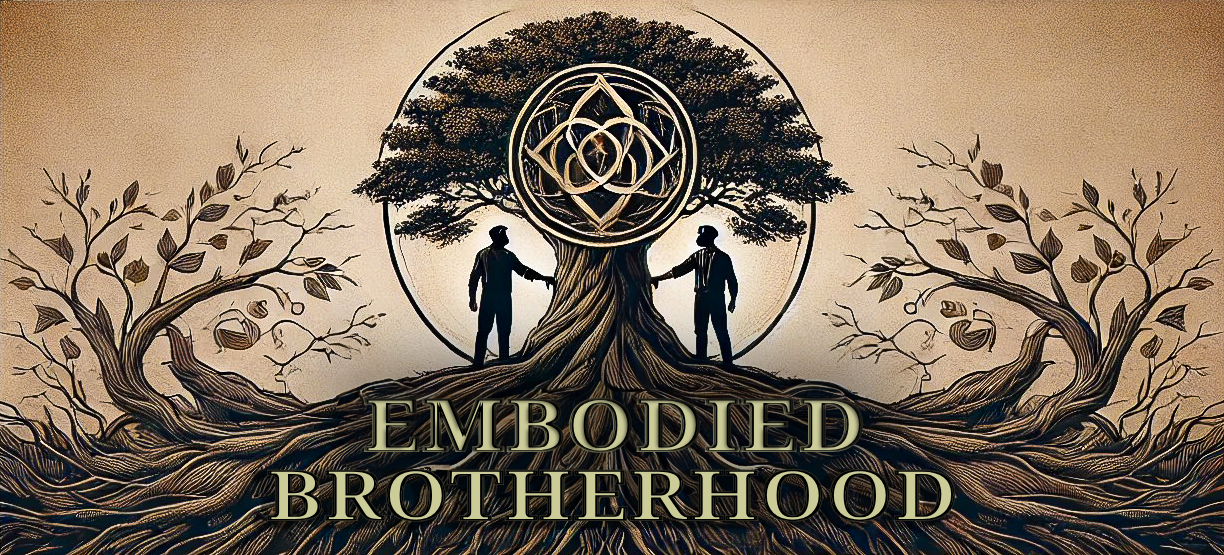The Art of Slowing Down: Writing, Presence, and the Embodied Mind

What is alive in me.
I struggle sometimes with focus—slowing down enough to relax into the moment of body and mind in the act of writing.
My mind moves at 1,300 miles per hour in different directions. Why?
Solution?
That’s where this reflection began—pen in hand, a few sentences on paper, and then the familiar fatigue that whispers: there’s an easier way. I reached for my phone, opened voice-to-text, and began to speak.
The Shift from Hand to Voice
I used to think writing had to mean pen and paper. But I’ve learned that my most honest thoughts rarely wait for me to catch up. They move faster than ink can dry.
When I switch to speaking, the words flow like a current—I’m not chasing them anymore, I’m riding them.
Voice journaling has become part of my men’s mindfulness practice. It invites me into the same awareness I find in breathwork or meditation: the feeling of slowing down within motion. When I speak, I listen. I hear myself think. I feel my chest vibrate with the sound. It’s a full-body process.
Maybe that’s what makes this method feel alive—it engages more of me. Embodiment isn’t just something I do during a movement practice; it happens here too, in the rhythm of words leaving the body.
What the Science Says
Studies have shown that handwriting improves memory retention compared to typing. The slower motion of forming each letter activates the brain differently, helping us encode meaning more deeply.
But those studies mostly measure recall. When it comes to creative flow or emotional expression, the benefits can shift.
Speaking engages other neural pathways—those connected to breath, rhythm, and emotional tone. Our limbic system lights up when we vocalize, connecting intellect to emotion.
So rather than losing something by speaking, we might be gaining access to a layer of self-understanding that’s often edited out when we type or write too carefully.
The Presence Hidden in Pace
There’s still something uniquely grounding about writing by hand. The weight of the pen, the drag of the tip against the page, the way your breathing unconsciously syncs with your strokes—it draws attention downward into the body.
When I take the time to handwrite, I’m reminded of the nervous-system regulation that comes from deliberate slowness. It’s not just about recording thoughts; it’s about feeling them as they move through me. Handwriting becomes a meditation in motion.
So maybe the question isn’t which method is better. Maybe it’s about balance—when to slow down and when to let go.
Voice, Typing, Hand: Three Doorways to Awareness
Each form of expression opens a different door to awareness:
- Handwriting grounds me. It’s slow, earthy, tactile. I can feel my thoughts take root.
- Typing structures me. It’s efficient, clear, the bridge between feeling and form.
- Speaking frees me. It’s breath meeting sound—a direct line from body to truth.
Together, they form a full practice: capture → refine → integrate.
That’s what men’s work is, too—a dance between action and stillness, expression and reflection. Embodiment doesn’t just happen in breathwork sessions or on retreat; it happens right here in the ordinary act of meeting ourselves on the page or in the microphone.
A Men’s Embodiment Practice Disguised as Writing
For years, I thought journaling was just a mental exercise. Now I see it as a somatic one. It’s a way to come home to myself.
Sometimes I begin with a few minutes of breath awareness—inhaling through the nose, exhaling slowly, letting my awareness settle into my chest. Then I ask: What is alive in me right now?
From there, I let words—spoken or written—emerge naturally. The goal isn’t perfection; it’s presence.
When we men learn to listen to our own voices, literally and metaphorically, something softens. We drop from the head into the body. We become witnesses to our own truth.
This is what men’s embodiment is about: reconnecting thought, breath, and feeling. Whether through writing, movement, or meditation, the practice is the same—to become intimate with what is real inside us.
The Gift of Hearing Yourself
When I play back my voice notes later, I hear not just the words but the energy behind them—the pauses, the sighs, the laughter, the moments where my tone reveals what my mind hadn’t yet caught up to. That’s where insight hides.
It’s easy to think of journaling as private work, but it’s also relational work—a conversation between the conscious and unconscious, between the man I appear to be and the one still unfolding inside me.
In that sense, it mirrors men’s circles and coaching: spaces where we learn to express, witness, and integrate. The difference is that here, I am both the speaker and the witness.
Coming Full Circle
So, is there something lost when I skip the pen and go straight to voice-to-text? Maybe a little.
But what I gain is momentum, honesty, and connection. I capture the living current of thought before the rational mind edits it away.
Later, when I sit down to edit—typing, refining, shaping—I bring back the precision and stillness that writing demands. Each stage feeds the other.
And in that, I see a reflection of men’s spiritual growth itself: not a single path, but a rhythm between embodiment and expression, silence and sound, stillness and movement.
Closing Reflection
Whether you write, type, or speak, the invitation is the same:
Slow down enough to feel what’s real.
The method matters less than the presence behind it.
So ask yourself:
When was the last time you heard your own voice with full attention?
When did you last feel the weight of your thoughts landing on paper?
What is alive in you, right now?
That’s where your next entry begins.
Sign up for our Newsletter
Enjoyed this post?
Stay updated with our latest reflections and insights.
